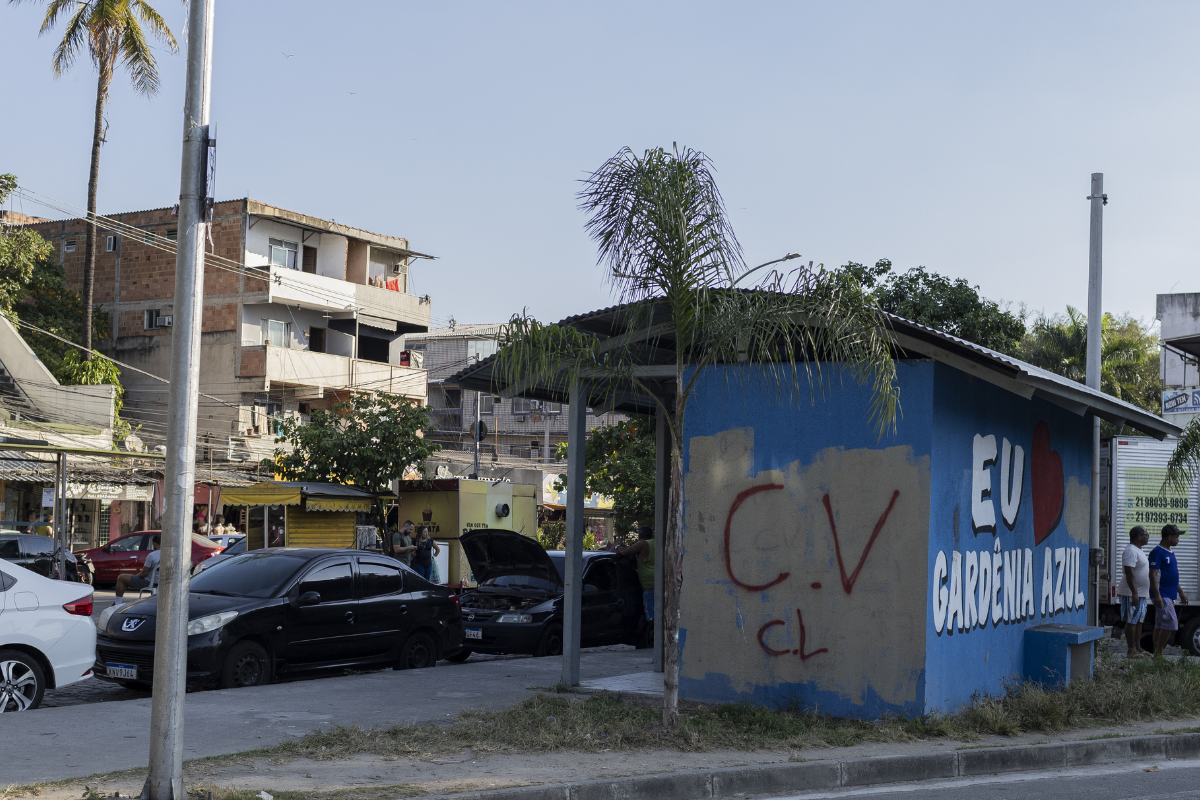For years now, one in every five people in the metropolitan region of Rio de Janeiro has been living in an area controlled by a criminal group. It is no surprise, then, that an app called Fogo Cruzado operates in the city and its surroundings, alerting people to shootings that are taking place in real time.
This does not mean, however, that crime dynamics in the region are consolidated. Although the 20 percent criminal dominance in the region has not changed significantly from 2021 to 2023 — when it dropped to just over 18 percent — the distribution between criminal groups has undergone constant changes.
As demonstrated by the Fogo Cruzado Institute — the developer of the app — in partnership with the Fluminense Federal University, while all other armed groups lost ground in 2023, the drug trafficking faction Comando Vermelho (Red Command, or CV) was the only one that expanded territorially. Its dominion increased by 8.4 percent compared to 2022.
As a result, the Comando Vermelho, the second most influential organized crime group in the country, once again had more than half (52 percent) of the territories dominated by armed groups in Greater Rio.
Brazil’s most influential organized crime gang is the Primeiro Comando da Capital (First Command of the Capital, or PCC), which has its roots in the neighboring state of São Paulo and has spread nationwide.
Conversely, Rio de Janeiro’s milícias (literally “militias,” paramilitary mafia-like groups made up of former and current police...


 Search
Search






































